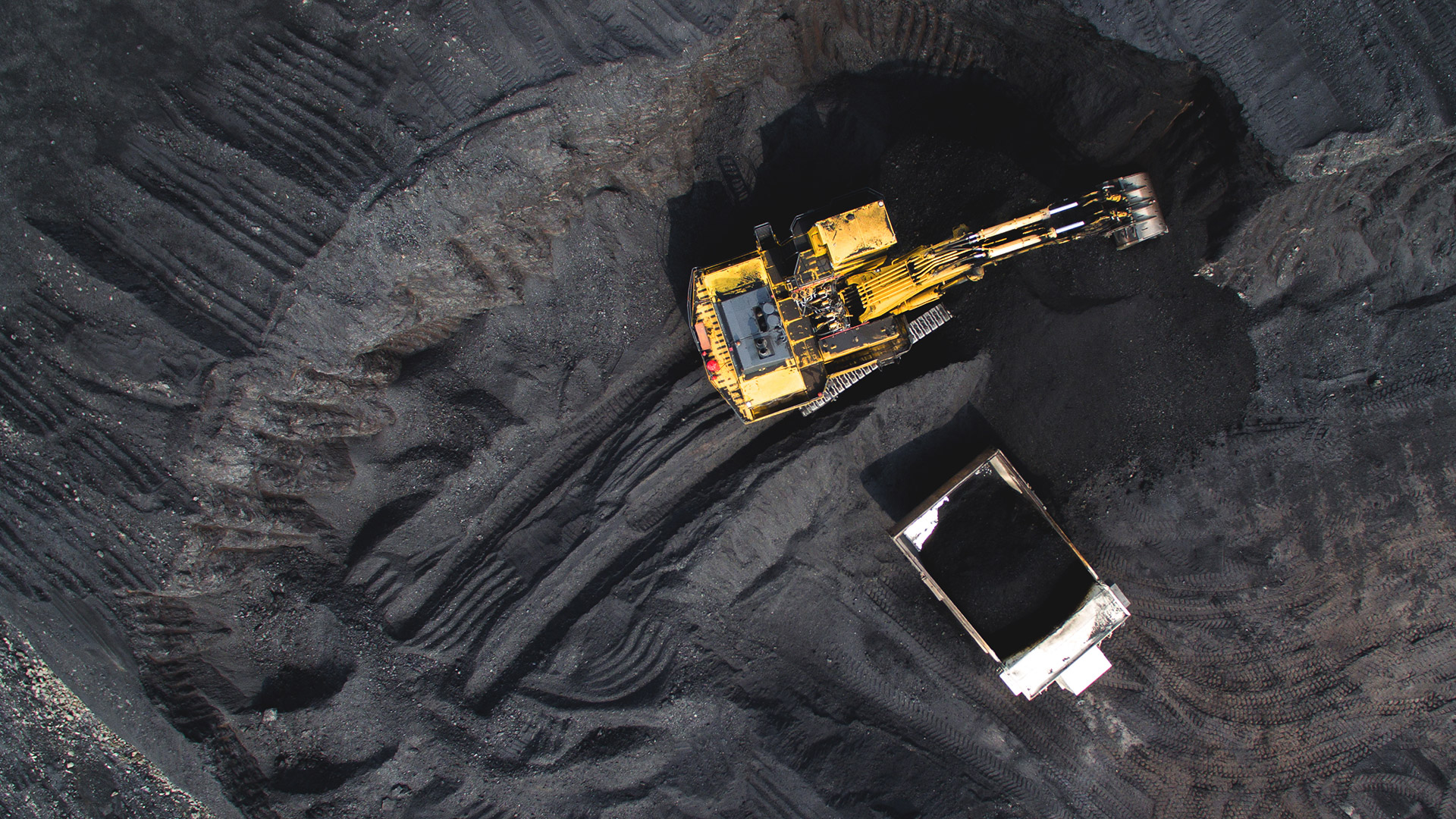
Publication
Legalseas
Our shipping law insights provide legal and market commentary, addressing the key questions and topics of interest to our clients operating in the shipping industry, helping them to effectively manage risk.


Global | Publication | February 2023
Mining companies are facing a number of problems stemming from the continued impacts of the Covid-19 pandemic and the current volatile geopolitical and economic conditions. Labour shortages, port congestion, a lack of container availability, extraordinary shipping costs, the ongoing war in Ukraine, widespread inflation, raw materials shortages, energy shortages and the increased demand for natural resources (and the equipment required to mine and process the same) have all led to unparalleled levels of supply chain disruption, production constraints, and increased construction and operating costs.
In particular, mining companies are faced with overburdened supply chains which are, on the face of it, not willing to bear the typical time and cost risk allocation required by thinly capitalised project companies raising finance to fund the development of their projects.
On top of this, rising input costs (such as energy and raw material supplies) are rendering cost estimates in mining companies’ feasibility studies non-reflective of reality. We are seeing increases to energy costs having both a direct impact on the operating expenses of the projects themselves, but also on the cost of production of the raw materials used in construction. This results in reduced production of such raw materials and, coupled with increased demand for such materials in part due to the energy transition, this is creating significant availability shortages.
For any lender financing the development of a mining project, the completion of the required infrastructure on time, on budget and to the required technical specification is of critical importance.
Mining companies therefore focus on ensuring that their supply chain contracts include a robust risk allocation between the project company and its supply chain (e.g. contracting using lump sum contracts with fixed completion deadlines, where the supply chain bears the risk of any events or circumstances that cause delay, which are not expressly allocated to the project company, and payment terms that ensure a portion of the purchase price is withheld until the equipment is delivered, installed and commissioned).
In addition, while the delivery terms for equipment supply contracts will vary from project to project (based on amongst other things whether the project is a greenfield or brownfield project, whether it is being procured on an EPC or EPCM basis, the tax regime in the particular jurisdiction where the project is being undertaken, the extent to which the relevant mining company may have already established transport and logistics arrangements in place, and the conditions or incentives associated with the mining concession applicable to the project), suppliers may even be asked to price the risk of transporting the equipment and materials to site and for “wrapping” the logistics arrangements required to ensure timely delivery of the same.
However, notwithstanding this, the lenders will expect to see a buffer allocated to fund cost overruns should they arise. The size of the buffer required by lenders will depend on, amongst other things, the size of capex, the reliability of the technology, and the type of commodity being produced at the project. Project finance lenders have typically expected mining companies to raise a buffer of between 10 to 20% to cover potential overruns.
Recent supply chain challenges have contributed to an extremely challenging pricing environment, where suppliers are not willing to price the current volatility in the market. Unmatched natural resource demand has also led to production constraints at key equipment suppliers and is an important contributing factor to what is fast becoming a suppliers’ market. Where project companies were previously able to encourage competition through robust procurement processes, they are now faced with suppliers more than ever seeking to rebalance the risk allocation between the project company and the supply chain.
We have seen suppliers refusing to participate in projects given the extent of their order book, seeking to index elements of their contract price to the cost of certain raw material inputs, requiring delivery terms to be ex-works point of manufacture and for the full contract price to be paid on delivery, and refusing to accept the risk of any delays in transportation to the site. All of this undermines the time and cost certainty required by project companies seeking external funding to finance the development of their projects.
To combat these challenges, mining companies have had to compromise on some aspects of the traditional PF supply chain risk allocation. We have seen more favourable payment profiles being agreed with the supply chain, and mining companies taking a more “hands on” approach in arranging and managing the transportation, freight and logistics aspects of equipment supply to ensure better value for money in an extremely challenging logistics environment (for example, by nominating specific international logistics companies to procure shipping slots for use by the supply chain).
However, it is important to ensure that the underlying contractual terms - in relation to extensions of time - remain robust and that these challenging circumstances are not used as an excuse by contractors to take a “free-for-all” approach to extensions of time. Now more than ever, project companies will need to pay close attention to the contract administration processes to ensure that each claim for extensions of time is closely scrutinized and that the contractual terms and conditions are appropriately enforced against its supply chain to encourage delivery on time.
In some cases, we are already seeing mining companies delaying their developments in the hopes of a stabilising of market in respect of certain of these issues. Whilst commodity prices remain high, their projects may continue to be viable notwithstanding the increased capex spend. However, mining companies are then beholden to the commodities’ markets remaining buoyant. Delaying development until the capex spend drops could help de-risk and increase returns, giving the mining companies more flexibility in the longer term.
For those projects which have already obtained project financing and are in construction, the impact of increased operational expenditures (and, in particular, energy costs) is being keenly felt across the industry. Where commodity prices are also rising due to strong demand (particularly in the critical minerals sector), mining companies can look to revisit their financial model to reflect both the increase in input costs, but also the input in expected revenues. However, our experience is that traditional project finance lenders are currently cautious as to agreeing to significant pricing assumption increases.
For new projects, the impact of supply chain challenges and increased energy costs is an ever-developing picture. It is clear that oversight over the terms of companies’ material supply contracts will continue to be critical for lenders. Where mining companies are having to take on more supply chain risk, we will likely see lenders expecting additional cost overrun support to mitigate against the impact of delays and increased costs.
With Benchmark Market Intelligence estimating the need for nearly 400 new graphite, lithium, nickel and cobalt mines to meet expected 2035 demand, there must continue to be development and funding of new projects. However, uncertainty in the geopolitical environment, together with global economies moving into recession, is likely to increase caution from project financiers. This may lead to lenders requiring additional financial support and buffers, particularly from a cost overrun perspective. If it continues to be difficult for junior miners to raise funds on the equity markets, they will have to look to alternative investors and financing sources to bridge the gap in order to get their projects away, or face the risk of a funding shortfall and either delay development until the market stabilises or become a potential acquisition target.
This article first appeared in IJGlobal's Trade Finance

Publication
Our shipping law insights provide legal and market commentary, addressing the key questions and topics of interest to our clients operating in the shipping industry, helping them to effectively manage risk.

Publication
Our 23rd report spotlights landmark legislative reforms such as the UK’s new Arbitration Act 2025 and South Africa’s rise as a regional arbitration hub. We examine procedural innovations, enforcement challenges, and the evolving role of tribunals in promoting settlement.
Subscribe and stay up to date with the latest legal news, information and events . . .
© Norton Rose Fulbright LLP 2025